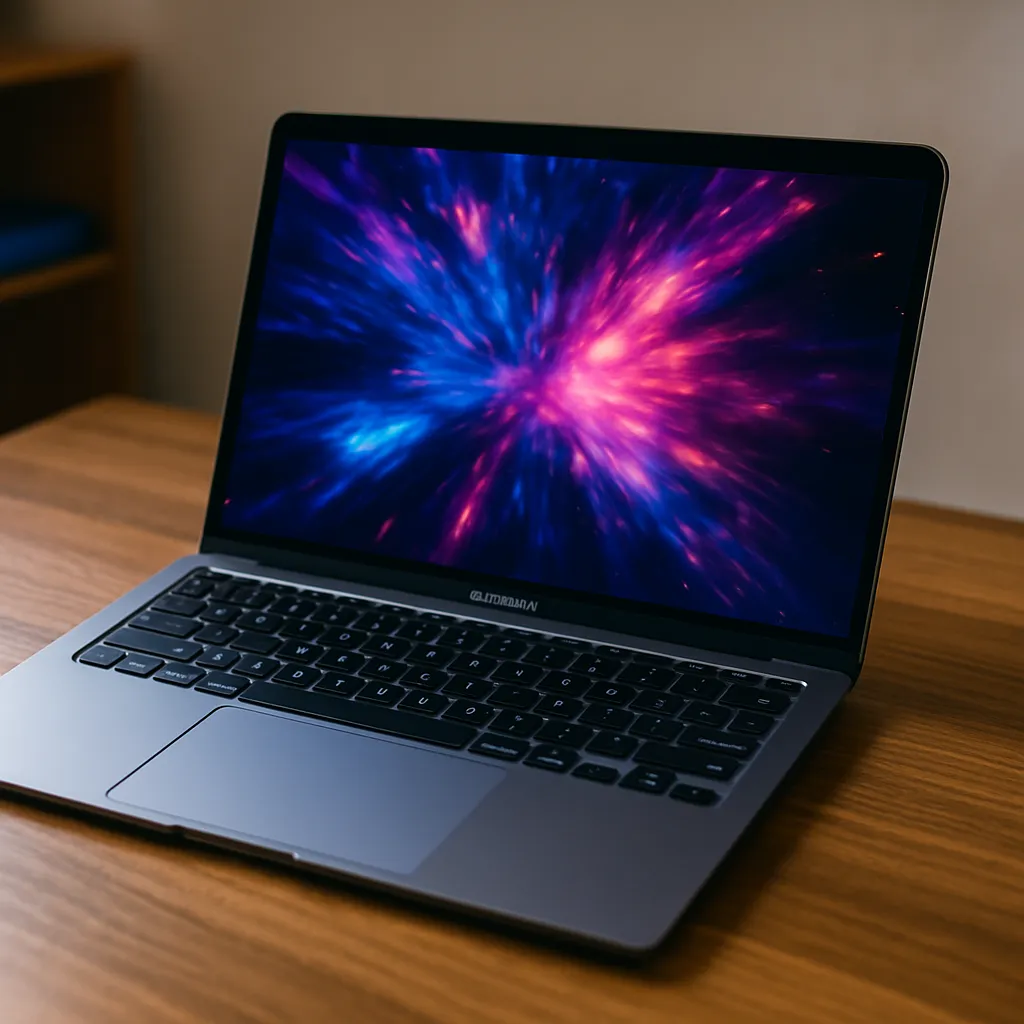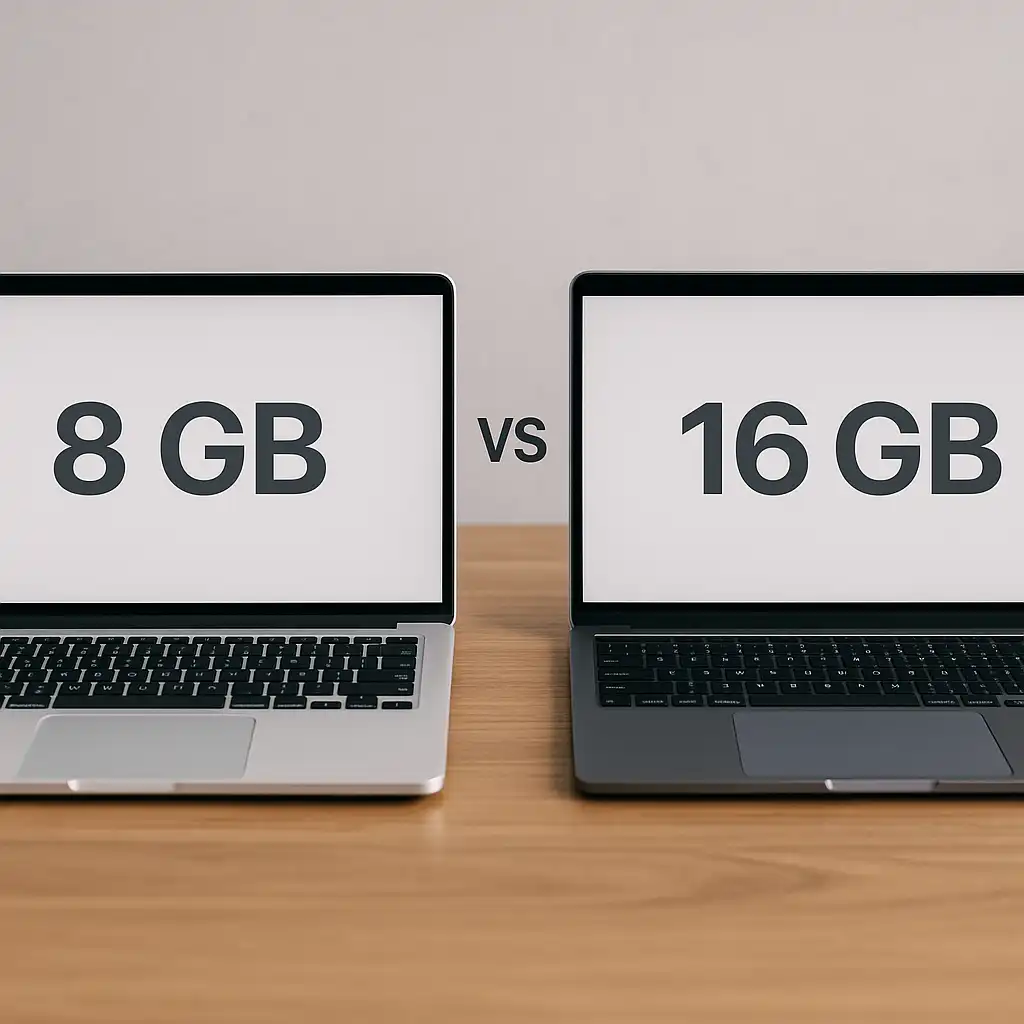Is Snapdragon Better Than Intel? A Clear Comparison for Laptop Buyers
Disclosure: This post contains affiliate links. LaptopVoyager.com participates in the Amazon Associates Program and may earn commissions on qualifying purchases, at no extra cost to you.
Last Updated: August 27, 2025
Your laptop’s processor affects nearly everything—how fast apps open, how long the battery lasts, and how portable the whole setup feels. Intel has powered Windows laptops for decades, but Snapdragon is gaining traction with efficiency and battery life that can stretch through the day.
That makes the choice important if you’re a student working in cafes, a remote professional bouncing between Wi-Fi spots, or someone who just wants a lighter laptop for travel.
👉 Beyond Snapdragon and Intel, you can compare all major laptop processors in our best laptop processors guide.
📋Quick-View Comparison List
📱 Snapdragon Laptops
⚡ Strengths: Excellent battery life, thin and light designs, instant-on features
👥 Best For: Students, frequent travelers, remote workers
💲 Price Range: Budget to mid-range
⚠️ Limitations: Limited app compatibility, weaker performance for gaming or pro software
💻 Intel Laptops
⚡ Strengths: Strong performance, wide software compatibility, broad range of models
👥 Best For: Gamers, creative professionals, power users needing full compatibility
💲 Price Range: Budget to premium
⚠️ Limitations: Shorter battery life on performance models, heavier designs in some categories
🔍 Performance & Speed
Intel’s Core Ultra processors still dominate when it comes to raw speed. They handle photo editing, video projects, complex spreadsheets, and gaming with ease. Since most Windows apps are built for Intel’s x86 architecture, performance is consistent across the board.
Snapdragon chips, built on ARM, shine more in everyday use—browsing, streaming, video calls, and light productivity. Many owners say they’re quick enough for school and office work, though older apps running in emulation can slow things down. The latest Snapdragon X Elite processors are narrowing the gap, but Intel remains the stronger choice for demanding workloads.
🔍 Software & Compatibility
Software support is where Intel keeps a big advantage. Pretty much any Windows program—whether it’s basic office tools or industry-level design software—works without issue.
Snapdragon laptops run Windows on ARM, which can limit certain apps. Microsoft Office, Edge, and popular tools are optimized, but niche programs or some games may not run smoothly. If your setup depends on specialized software, Intel is still the safer bet.
🔍 Battery Life & Efficiency
This is where Snapdragon laptops really stand out. Many models push past 20 hours on a charge and run cool without noisy fans. That’s a huge plus if you’re traveling, studying all day, or just don’t want to carry a charger everywhere.
Intel’s battery life depends on the model. Ultrabooks with efficient chips can do well, but gaming laptops or high-performance machines drain faster. If long battery life is your top priority, Snapdragon usually delivers the better experience.
🔍 Portability & Everyday Use
Snapdragon laptops are built for mobility. They’re thin, light, and often feature instant-on, so you can lift the lid and get straight to work. They’re ideal for students, commuters, and professionals who need something quick and easy to carry.
Intel laptops come in every form—budget notebooks, ultrabooks, and full-size gaming rigs. That variety gives you more options, though it also means not every Intel model will be as light or travel-friendly as a Snapdragon device.
🔍 Price & Value for Money
Most Snapdragon laptops sit in the budget or mid-range bracket. They’re affordable and efficient, making them a good fit if you mainly need portability and long battery life.
Intel covers the full price spectrum. You’ll find cheap entry-level models, premium ultrabooks, and top-tier gaming laptops. While the higher-end options cost more, they also give you stronger performance and wider compatibility.
🟢 FAQs
Q: Why is Snapdragon better than Intel in some cases?
A: Snapdragon is better when battery life, portability, and quiet fanless designs matter most. It’s ideal for students, commuters, and frequent travelers who don’t need heavy performance.
Q: Are Snapdragon laptops good for everyday use?
A: Yes. They’re great for web browsing, streaming, note-taking, and video calls. For heavier workloads or gaming, Intel still pulls ahead.
Q: Is Snapdragon a good processor for a laptop compared to Intel?
A: Snapdragon is excellent if you care about portability and battery life. Intel is better if you need high performance and full app compatibility.
Q: What is the latest Snapdragon processor for laptops?
A: The Snapdragon X Elite is the newest and most powerful model, designed to compete directly with Intel’s Core Ultra lineup.
Q: Which Snapdragon processor is better for performance?
A: The Snapdragon X Elite currently leads the way, offering a big jump in multitasking and speed over older Snapdragon chips.
✅ Conclusion
So, is Snapdragon better than Intel? For battery life, portability, and lightweight everyday use, Snapdragon has the edge. But if you need maximum performance, gaming power, or full compatibility with every Windows program, Intel is still the safer choice. In practice, Snapdragon is best for users on the move, while Intel remains the go-to for heavy workloads.







